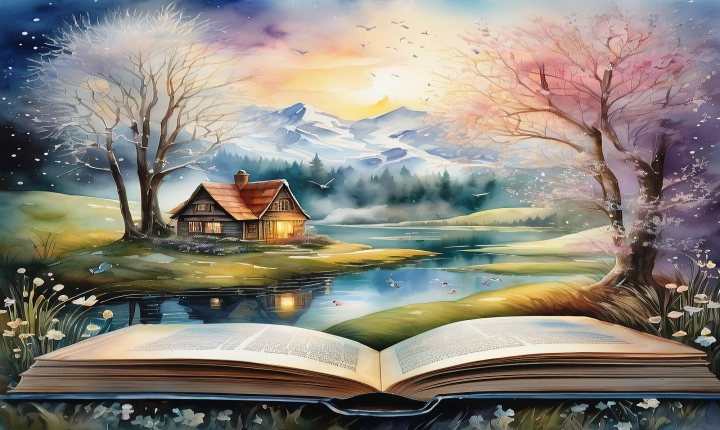How to Create AI Art: A Beginner’s Guide
Artificial Intelligence (AI) has revolutionized many industries, and the art world is no exception. With advancements in AI technology, it has become increasingly accessible for artists and creators to leverage AI tools to produce stunning and innovative artwork. Whether you are a seasoned artist looking to incorporate AI into your creative process or a beginner interested in exploring AI art, this guide will provide you with the knowledge and resources you need to get started.
Understanding AI Art
AI art, also known as generative art, refers to artwork created with the assistance of artificial intelligence algorithms. These algorithms are capable of analyzing and learning from existing patterns and styles in art, and then generate new and unique pieces based on these learnings. This can involve various techniques such as neural networks, deep learning, and machine learning to produce captivating visual art, music, or other forms of creative expression.
Getting Started with AI Art Tools
To begin creating AI art, you will need access to AI-based tools and software. Fortunately, there are many user-friendly platforms and applications available that cater to both experienced artists and beginners. Some popular tools for creating AI art include:
– Runway ML: Runway ML is a user-friendly platform that enables artists to experiment with AI tools for creating art, animation, and visual effects. It offers a range of models and features that can be used without requiring extensive programming knowledge.
– DeepArt: DeepArt provides an easy-to-use interface for turning photos into artwork using AI algorithms. Users can select different artistic styles and apply them to their images to generate unique and captivating digital art.
– Google’s DeepDream: Google’s DeepDream is an open-source software that uses neural networks to transform images into dreamlike and psychedelic works of art. It offers a unique way to explore the creative possibilities of AI-generated imagery.
– Artbreeder: Artbreeder allows users to create and explore AI-generated art by blending different images and styles to produce new and unique artworks. It is an excellent tool for experimenting with different visual concepts and generating original pieces.
Experimenting with Different Techniques
Once you have chosen the AI art tool that suits your needs, it’s time to start experimenting with different techniques and styles. Consider exploring the following approaches to create AI art:
– Style Transfer: This technique involves applying the style of one artwork to another using AI algorithms. It allows you to combine different artistic styles and create visually stunning compositions.
– Generative Adversarial Networks (GANs): GANs are a type of AI algorithm that can generate new images by learning from existing datasets. By training a GAN on a specific type of art, you can create original pieces that mimic the style and characteristics of the training data.
– Neural Style Transfer: Neural style transfer uses deep learning algorithms to merge the content of one image with the style of another, resulting in a unique and artistic reinterpretation of the original content.
– Data Visualization: AI can also be used to create data-driven visualizations and complex patterns by processing and analyzing large datasets. This approach can lead to the creation of visually stunning and thought-provoking art pieces.
Exploring Ethical and Conceptual Considerations
As you delve into the world of AI art, it’s essential to be mindful of ethical and conceptual considerations. AI algorithms are often trained on existing art or data, which raises questions about originality, copyright, and the role of the artist in the creative process. Additionally, the use of AI in art can prompt discussions about the nature of creativity, authorship, and the boundaries between human and machine-generated artwork.
It’s important to acknowledge these considerations and engage in meaningful conversations about the implications of AI art. While AI tools can be incredibly powerful and versatile, it’s crucial to maintain integrity and transparency in the creative process and give credit to the sources of inspiration and training data used in the creation of AI-generated art.
Embracing Creativity and Experimentation
Finally, AI art is an exciting and rapidly evolving field that offers endless opportunities for creativity and experimentation. Whether you are an artist, designer, or simply curious about the intersection of art and technology, AI art provides a unique space to explore new artistic possibilities and push the boundaries of traditional art forms.
By embracing the potential of AI tools and techniques, you can unlock new ways of creating and experiencing art, challenge existing norms, and contribute to the continuing evolution of the art world. Ultimately, the fusion of AI and art offers an exciting frontier for creative expression and an opportunity to engage with cutting-edge technology in the pursuit of artistic innovation.
